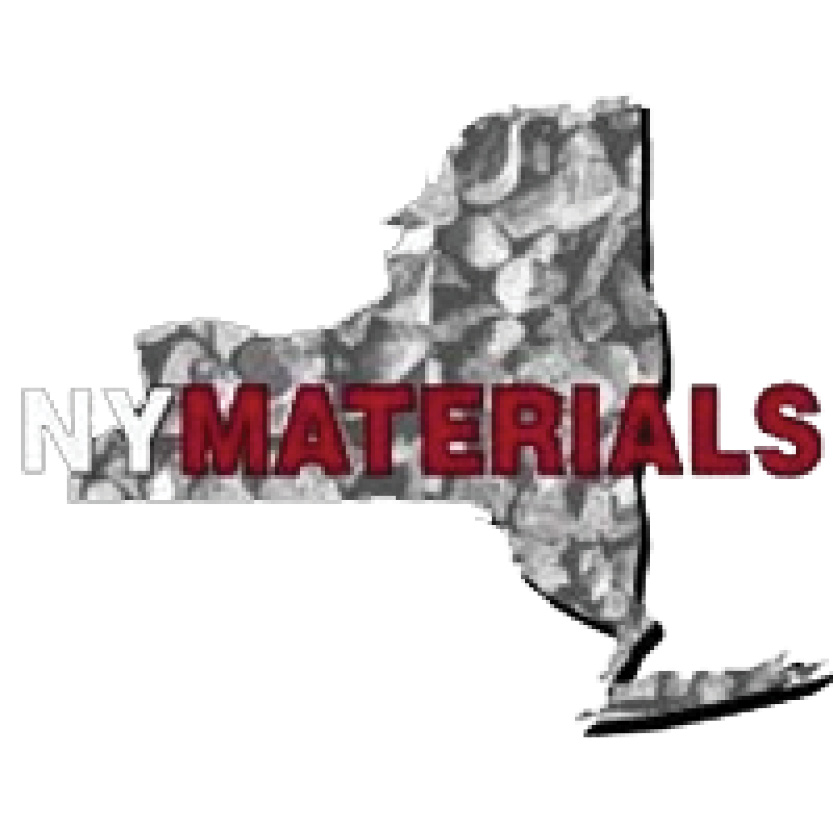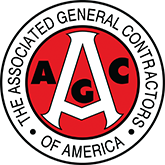This article was originally published in The Daily Gazette on July 2, 2016
CAPITAL REGION — We pull out into the Mohawk River on what must one of the best boating days of the year: Bright blue skies, warm water, lazy current, warm dry air.
But we’re not out to go wakeboarding, or catch fish, or just enjoy the breeze through our toes this morning. The plan is to create a map of the river bottom, and in the process — just maybe — offer some answers to a woman who has been working 18 years to learn what became of her daughter.
The skipper of the little boat packed with high-tech tools is water expert Mark Farber and the pilot is geologist Michael Polacco, both of Troy-based consulting firm H2H Associates. Riding along are Mary Lyall of Ballston Spa and her friend Grace Bogaert, who is writing a book about the disappearance of Suzanne Lyall in 1998 and the work Suzanne’s mother has done since then as an advocate not only for her youngest child, but for missing people everywhere.
Suzanne was 19 years old and attending the University at Albany when she disappeared. She was last seen getting off a CDTA bus the evening of March 2, 1998, returning to campus from a part-time job. Extensive police searches that month came up empty and a long-running police investigation remains open today, without the concrete result everyone wants — Suzanne has not been found and no one has ever been arrested in connection with her disappearance.
Mary Lyall said roughly 75 psychics have offered her advice about her daughter over the years, many of them saying Suzanne is underwater. She discounts their advice in general, and their insight about water in particular — there are so many bodies of water near the University at Albany or Ballston Spa that vague ideas of “underwater” create more questions than answers.
That said, for the past 18 years, Lyall has always had an odd feeling as she crossed over the Mohawk River on the Route 9 bridge. Bogaert reached out to H2H on behalf of The Center For Hope — the advocacy group for missing persons that Lyall formed with her late husband, Doug — and H2H offered to donate its services for a search near the bridge.
Farber and Pollacko pick up Lyall and Bogaert in Waterford, and then a Gazette writer in Colonie, and out we go the morning of June 24.
H2H Associates isn’t in the business of forensic investigations — it’s an environmental, geological, mining, construction and hydrogeologic consulting firm. Underwater mapping is just one of the services in its toolbox. It has become a steady presence as a contractor on the state canal system, where Farber uses the boat we’re riding in to detect underwater defects as small as a softball in the canal infrastructure.
However, H2H also has played a supporting role in a number of criminal investigations — once intentionally, twice inadvertently. Farber was in the Oswego River in 2014 testing sonar gear when he found three submerged cars, one of which was later found to contain the body of Carol Wood, a local woman who’d gone missing 18 years earlier. While scanning the Hudson River in Troy on another job in the summer of 2015, Farber found no fewer than 11 submerged vehicles. The state police hauled them out one by one and determined most had been stolen or reported stolen as part of insurance fraud schemes.
H2H also was involved this past December in the search for Noel Alkaramla, a Troy woman believed to have been killed and stuffed into a suitcase that was thrown in the Hudson. The suitcase was later found several miles downstream, victim inside.
As Polacco trolls the boat up and down the north bank of the Mohawk, gradually painting a digital picture of the river floor, I ask if anything that went into the river in the winter of 1998 could possibly still be there today, after all the tropical storms and raging floods and ice jams of the past 18 years.
Absolutely, Polacco and Farber both answer.
“Things get cemented into the sediment,” Farber says.
But things also get washed away, as the river reshapes itself or is reshaped by human activity. An entire field of technical and scientific knowledge — fluvial geomorphology — has been built about such movement.
“It’s a dynamic environment on the channel bottom,” Farber says.
As we pass in and out of the shadow of the Route 9 bridge, Mary Lyall tells me she still has mixed emotions about the search for her daughter — this search in particular and the ongoing search in general.
“Hopeful, in a way,” she describes herself. “You want to know the answers, and yet you don’t want to know the answers.”
She adds: “I would dearly love to find my daughter.
“And then find the person that did this to her.”
The New York State Police have been the lead agency investigating Lyall’s case through the years, and continue to be so today. Troop G spokesman Trooper Mark Cepiel explained that the primary mission of the troop’s Major Crimes Bureau is assisting state troopers in satellite stations with active investigations as needed and helping other police agencies that request assistance. When the members of the bureau aren’t doing this, they each have a cold case to work on. One of them is assigned the Lyall case.
“Those cases are never closed,” Cepiel said, but he added that they do grow harder to investigate, as witnesses age and their memories fade, and evidence is obscured or vanishes.
“Each day makes it a little more difficult, but it doesn’t mean we don’t pursue leads and look for new avenues,” Cepiel said Thursday.
As he spoke, though, no leads were being pursued on the Lyall cold case, for the Major Crimes Bureau was out in the field fulfilling its other mission — assisting the Hamilton County sheriff with an active investigation into the disappearance of Rachael Mattice, a young Johnstown woman last seen in the southern Adirondacks on June 22.
In the years that followed the disappearance of their daughter, Doug and Mary Lyall managed to become known not just as Suzanne Lyall’s parents, but as advocates pressing for more attention and resources for missing persons cases, and serving as a resource for people who’ve had their own loved ones disappear.
They founded The Center For Hope and scored a series of legislative victories, including the federal passage in 2003 of Suzanne’s Law, which requires that police agencies report the disappearance of anyone age 18 to 21 to the National Crime Information Center. (Previously, only children under 18 were reported to NCIC.)
Doug Lyall died in 2015, and Mary Lyall continues to run The Center For Hope today, providing advice and resources to the families of the missing. The work never ends: The day before going out on the boat, she went into the Center’s Ballston Spa office after an absence and found 45 messages on the answering machine. She does her best to answer them all. But even after 18 years, she finds some aspects of the role difficult.
“When I do talk to people,” Lyall said, “I never tell them why I’m doing it. If they I ask, I’ll tell them. But I don’t want to dash someone’s hopes whose child has only been missing for a few months when I tell them my daughter has been missing 18 years.”
On the whole, she feels the mission has been a positive factor in her life since Suzanne went missing.
Farber’s 24-foot Hanko’s Work Boat is equipped with a multibeam sonar system that provides data for a computer-generated image showing objects large and small hidden by darkness or sediment in the water. For added accuracy, there’s a range-measuring device on the roof that maps out above-ground features with 72,000 laser pulses per second. Combined with GPS data, it can chart an area with sub-centimeter precision.
It’s the tool they use for underwater mapping and inspection on rivers and canals; similar portable technology allows them to map quarries and caves as well. (Farber was heading out to Wyoming this past week to map a cave that’s become as a time capsule for the remains of now-extinct creatures that fell in over the millennia and couldn’t climb back out.)
As the sun climbs higher above the boat’s aluminum cabin, Polacco flicks on the fan closest to him, for there’s no breeze coming through the front at the moment. The mapping technology is running at full speed but the boat is barely at a crawl, using a small fraction of the potential of the two 150-horsepower engines bolted on the back.
We putt-putt our way through the main channel, into the shallows where some anglers are casting fishing lines from the Halfmoon shore, then back into the main channel. Gradually, a detailed picture emerges on the screen: The steel ribs of the Route 9 bridge overhead come into plain view, as do the submerged stone piers from the Crescent Aqueduct, built as part of the old Erie Canal nearly 200 years ago.
Anyone who has spent any time on the Mohawk River knows how much debris clutters its banks — tires, coolers, bottles, traffic cones, unidentifiable mud-covered junk. Some of it winds up submerged, and on the screen there appears to be at least one sizeable piece of — something — near the Route 9 bridge. Is it a stone from the old aqueduct? A refrigerator? An electrical box? That’s something Farber and Pollaco can’t tell from the boat.
Determining what it is, and whether it might have any connection to Suzanne Lyall or any interest to the state police, will require time-consuming processing and analysis back at the office.
Mary Lyall says she doesn’t mind the wait.
“It’s an emotional thing,” she explains. “But I’ve been through this so many times with no results, you kind of say ‘If it happens if it happens.’ ”
At one point, she said, she asked the state police to stop updating the family on the case unless they had something definitive to say — there were just too many ups and downs.
But the boat trip almost immediately accomplishes another goal — keeping Suzanne from losing whatever place she holds in the public consciousness. After an account of the June 24 search went on Facebook and Time Warner Cable News, Mary Lyall heard from someone she hadn’t talked to before.
“A guy who knew Susie called, a guy police had never talked to,” she said.
The conversation offered nothing definitive, but it was something new, and it showed that someone was thinking of Suzanne.
“That’s why we do what we do,” Mary Lyall said. “People’s lives move on, and ours doesn’t.”







